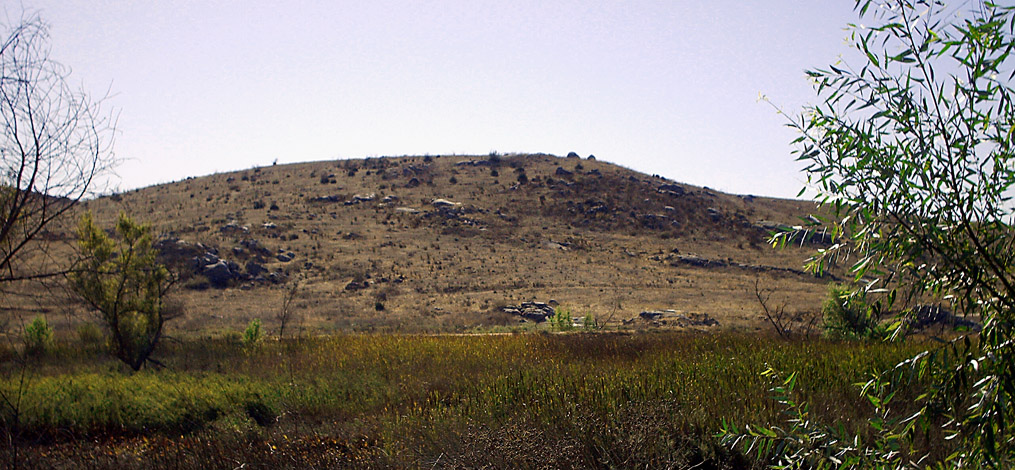The Poway Progress column on happenings in Encinitas in the January 16, 1894 issue included this item: “Mr. Johnson, who brings meat here, was hurt in a runaway last week.”
A week later the same newspaper’s “County Compend” column included this: “The best rig of J. Chauncey Hayes of Oceanside was demolished in a runaway.”
“Runaway” then meant a runaway horse or team of horses. The use of that single term suggests how often such incidents happened in an era when a horse-drawn vehicle, or “rig,” was the principle means of transportation and commerce. The fate of Mr. Hayes’ “best rig” indicates that, in today’s parlance, his family car was totaled.
A May 1895 runaway on the stage line serving Alpine lasted five miles and resulted in some damage to the stagecoach, according to a brief newspaper account. There was no mention of any driver or passengers so presumably the stage was empty at the time.
A far different and more dangerous incident took place in the city of San Diego in 1882 in the midst of a funeral cortege heading from the church to the cemetery. The drivers of a carriage transporting the pallbearers discovered one of the reins was broken. When one driver suddenly jumped down off the carriage it spooked the horses and they took off.
The other driver leaped off, followed by each of the pallbearers “as the team without guide or line left the procession and ran wild over the adjoining, uneven rocky ground,” according to the account in the San Diego Sun. The driver of another wagon, Luis Machado, got down from his wagon, harnessed one of his horses, and took off in pursuit of the runaways. He managed to catch up to them and subdue them.
The drivers and the pallbearers, uninjured, still managed to make the funeral, the Sun reported.
In a July 1896 incident a Poway Valley resident, Miss Louise Cravath, matched Mr. Machado in courage and horsemanship, if not success. Driving a buggy led by a two-horse team on a trip from Poway to Escondido, she stopped at a neighboring family’s place to take some produce to market for them.
“While she was out of the buggy the team was startled by some noise and started off without their driver,” reported the Poway Progress. Cravath, “ being an expert with horses, made chase for and overtook them, and would have stopped them at once, but by some means she fell, or was thrown so that the buggy wheels passed over her with, fortunately, but little injury…”
The gutsy Louise wasn’t finished. “Our heroine,” stated the Progress, “at once secured and mounted a horse, determined not to be beaten in that fashion, and started off after the runaways.” Unfortunately the horse, apparently belonging to her neighbors and so not familiar with Cravath, reared and threw her off its back.
The runaways ran up a knoll covered with rocks and boulders “where the team and buggy became separated after considerable damage to the latter,”the article stated, adding, “We are glad to state that the young lady escaped with but little injury.”
Those runaways turned out okay for the animals and humans, if not the vehicles. However, more serious incidents took place as well, leading to fatalities for people as well as livestock.
Upcoming History Events
Jim Bregante talks about life in Little Italy and the San Diego waterfront from the 1930s to the present on Wednesday, February 19 at 10 a.m. at the Rancho Bernardo Historical Society Museum. The program is the latest in the Rancho Bernardo Historical Society’s Speakers Series. For further information go to http://www.RBHistoricalSociety.org.
_________
Celebrate Valentine’s Day with tea at the Sikes Adobe Historic Farmstead. Seatings for tea, sweets and sandwiches are planned for three Sundays in February, the 9th, 16th, and 23rd. A $10 ticket includes tea and snacks plus a tour of this historic 19th century farmhouse. For further details go to www.sdrp.org .

I would not have wanted to take a ride especially on the Poway Grade in those days. Too dangerous!
Just think what it was like if you were a farmer taking your produce from the Poway Valley to downtown San Diego to sell it in exchange for supplies. I know the Kirkhams had to do that every two weeks, and I’m sure they were not unique.
Handling what you might call “the original horsepower” required a different set of skills among the general population than we need today. And that was true of men and women, as the example of Miss Cravath underscores.
That’s fascinating vince! Thank you.
Margarita
Do you know any of the history of the stagecoach down in Agua Caliente? Especially around 1850-1860 and the Hall brothers Warren, William, or Rowland. Or the ranch at Mountainview were they trained wild horses to use on the stagecoach?
Hi Grace, What research I’ve done on stagecoaching has generally been confined to San Diego County, and its been a few years since I looked at the history in detail. One book I’ve utilized on the subject that I’d recommend is “Historic Stage Routes of San Diego County,” by Ellen Sweet and Lynne Newell. which is available on Amazon if not at your local library. I recall some brief references to at least one of the Hall brothers.
Thanks for your interest in my blog!